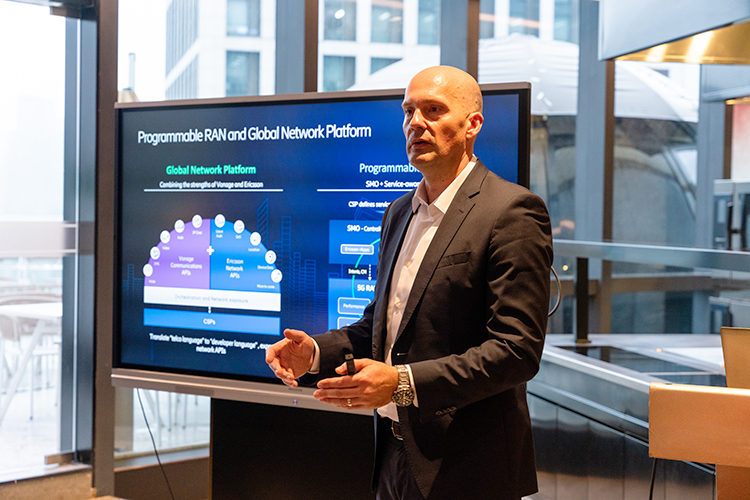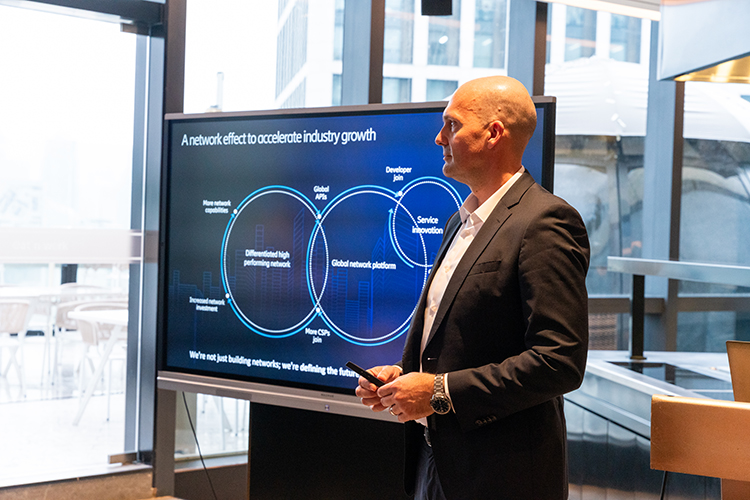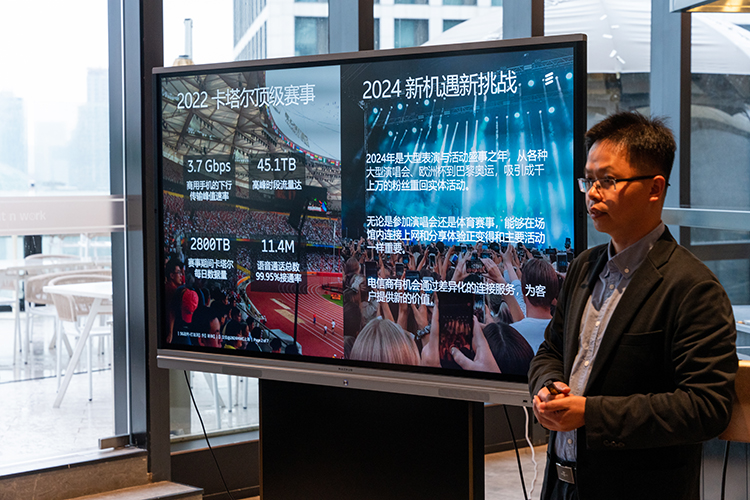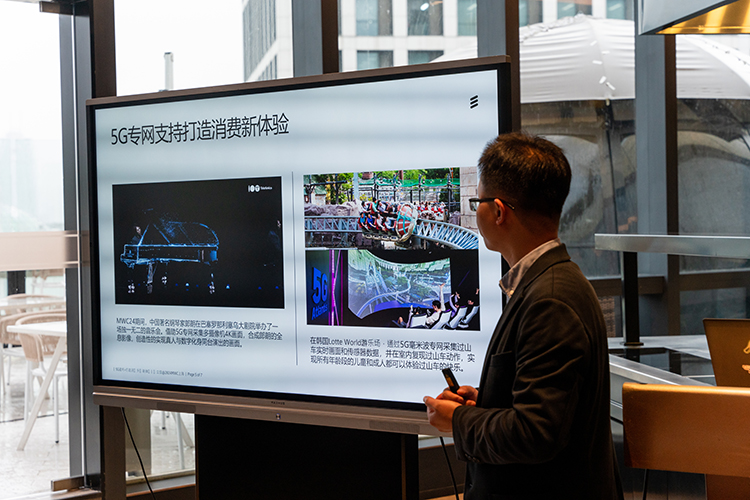Ericsson Explores the Future Development Path of 5G: Differentiated Services and Global Standardization of APIs are the Right Solution
![]() 07/01 2024
07/01 2024
![]() 429
429
Once upon a time, 5G was the hottest topic in communication technology, but now, the role of 5G technology in the current communication industry and the future direction of 5G networks have been puzzling many workers in the field of communication technology. As a supplier of 5G technology, Ericsson is also considering these issues. Recently, they also held a media communication meeting in Shanghai and put forward their own insights on the current status and future development of 5G technology.
Firstly, Drazen Jarnjak, Vice President of Ericsson Northeast Asia and Head of the Network Business Unit, shared the current global development status of 5G networks. Currently, the global deployment of 5G is progressing somewhat slowly, with a coverage rate of around 45% for mid-band 5G. Globally, 20-25% of users have subscribed to 5G services. In terms of SA networking for 5G, China is in a leading position, but the development of 5G in the European market is relatively backward. Ericsson believes that there will be more development in 5G technology in the next three years, and Ericsson is in a good position for global 5G development, covering 162 networks out of more than 300 networks worldwide and covering most of the existing SA networks. It is the SA network that allows 5G technology to demonstrate more powerful communication capabilities.

Nowadays, the 5G market is facing three major challenges. The first is the difficulty of industry monetization, which poses a significant challenge to the next round of investment in 5G and further market growth. The existing 5G operating model is that consumers pay a fixed package fee, and operators provide users with a certain amount of data traffic, which does not motivate users to pay a premium.
Secondly, many developers do not have a good understanding of 5G technology and are not interested in it. At the same time, APIs have not been globally standardized and deployed, which has led to the lack of more application scenarios for 5G.
Thirdly, the 5G networks in many overseas countries have not been fully constructed. For example, the NSA networking in Europe only has 20MHz, which is not much different from 4G networks. However, this issue is not prominent in the Chinese market.
To address these three challenges in the 5G industry, Ericsson's solutions include: 1) establishing a global API 5G platform and opening up basic communication APIs and 5G network APIs, thereby attracting developer communities to innovate based on APIs; 2) providing a programmable 5G network service for differentiated connectivity and ensuring service quality, which will motivate some users to pay additional fees to enhance the monetization of 5G, and more 5G application scenarios will emerge accordingly.

To achieve this goal, Ericsson acquired Vonage, enabling global developers to easily access 5G technology and capabilities. At the same time, Ericsson has also established friendly cooperation with GMSA's Open Gateway to achieve global standardization of APIs and expand the scale of open 5G capabilities, making it easier for developers and enterprises to utilize 5G capabilities for innovation. Meanwhile, basic network capabilities are also crucial, and Ericsson is building high-performance programmable networks to enhance 5G commercial monetization.
Subsequently, Mr. Wang Zhong, the Technical Director of Industry Solutions at Ericsson China, shared relevant cases regarding 5G consumption upgrades. During the 2022 FIFA World Cup in Qatar, Ericsson deployed 5G networks for Qatar's largest operator, Qoredoo, in local and major stadiums. The peak downlink rate for mobile phones at the event reached 3.7Gbps, with traffic exceeding 45TB during peak hours. Throughout the event, Qatar's daily traffic exceeded 2,800TB of data. More than 11 million voice calls were made during the entire event, with a connection rate of 99.95%, providing a smooth network experience for these users.

This year also coincides with the European Championships and the Paris Olympics. Ericsson believes that such large-scale events are a good opportunity to expand 5G business. Telecom operators can seize this opportunity to provide better services to users and generate more revenue for themselves.
It is worth mentioning that Ericsson has also conducted a dedicated study on 5G consumer preferences. There are three types of users who have higher demands for 5G networks: social sharers, technology enthusiasts, and minimalists. Ericsson can provide better differentiated 5G services for these three types of users.

In addition, Mr. Wang Zhong also stated that the application of 5G networks can get rid of the constraints of many wired environments and reduce the cost of cable layout. When the mid-band frequency band is crowded, 5G millimeter-wave bands can be used for live broadcasting. In areas such as holographic virtual filming and XR, 5G can also shine, and Ericsson is very optimistic about the future prospects of the XR industry. If large-scale applications of XR are needed in the future, stronger communication capabilities such as millimeter waves will also be required, but there is still some distance from the point of explosive growth.


Finally, regarding the hot topic of AI in technology, Ericsson's senior management believes that AI can pave the way for the evolution of high-performance programmable networks, and Ericsson is also closely exploring the value of AI in wireless access networks.








